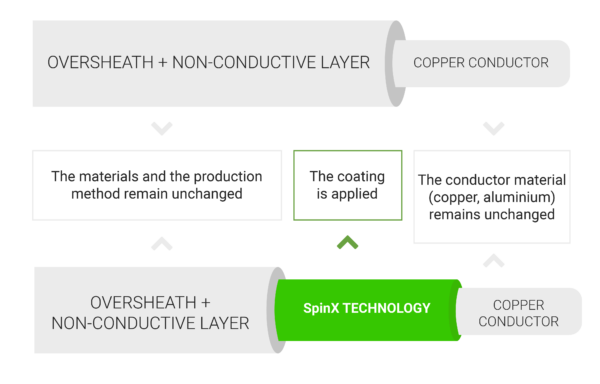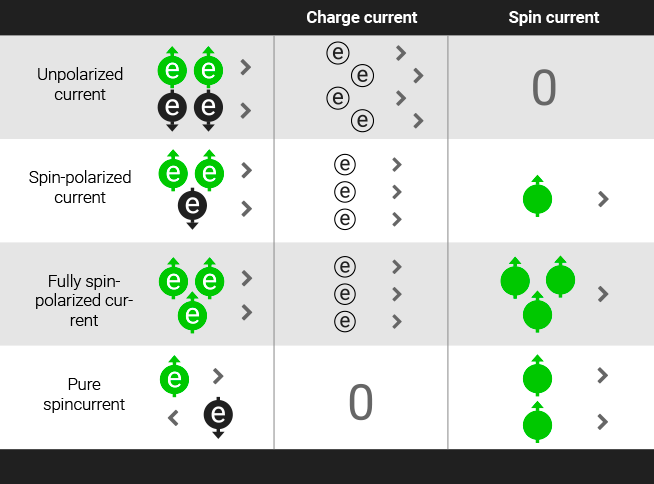READ OUR brochure ABOUT SPINTRONICS
READ OUR brochure ABOUT SPINTRONICS


Reducing industrial energy consumption
Improving the efficiency of lighting
(public areas, households and automobiles)
Battery and charging device development
(in particular, the development of electric cars)
Improving the efficiency of wind generators and solar energy plants
(panels, generators, transmission lines)

Reducing industrial energy consumption
Improving the efficiency of lighting
(public areas, households and automobiles)
Battery and charging device development
(in particular, the development of electric cars)
Improving the efficiency of wind generators and solar energy plants
(panels, generators, transmission lines)
This method enables remarkable energy saving for large-scale energy consumers such as operators in the fields of industry, mining and lighting. The improved efficiency reduces the amount of required energy which in turn reduces dissipation and enables a longer service life for appliances.
Energy saving, improved efficiency and lowered operating temperature are attributes that have been measured in laboratories around the world in connection with spincurrent research. The widely researched attributes that have only been produced in laboratory conditions can now be productised for the first time as the proprietary technology designed for both industrial and consumer use. The technology can be utilised by all plug-in and battery-powered appliances.


Spintronics is a branch of science that studies the spin properties of electrons. Read more about the history of spintronics…
We at QID have developed a method of generating spin current for over fifteen years, the last five of which we have collaborated with the University of Eastern Finland. The method has been granted a patent in China. US, India, Australia, EU patents are currently pending. As the research progresses, the patent protection will be increased.

Spintronics is a branch of science that studies the spin properties of electrons. Read more about the history of spintronics…
We at QID have developed a method of generating spin current for over fifteen years, the last five of which we have collaborated with the University of Eastern Finland. The method has been granted a patent in China. US, India, Australia, EU patents are currently pending. As the research progresses, the patent protection will be increased.